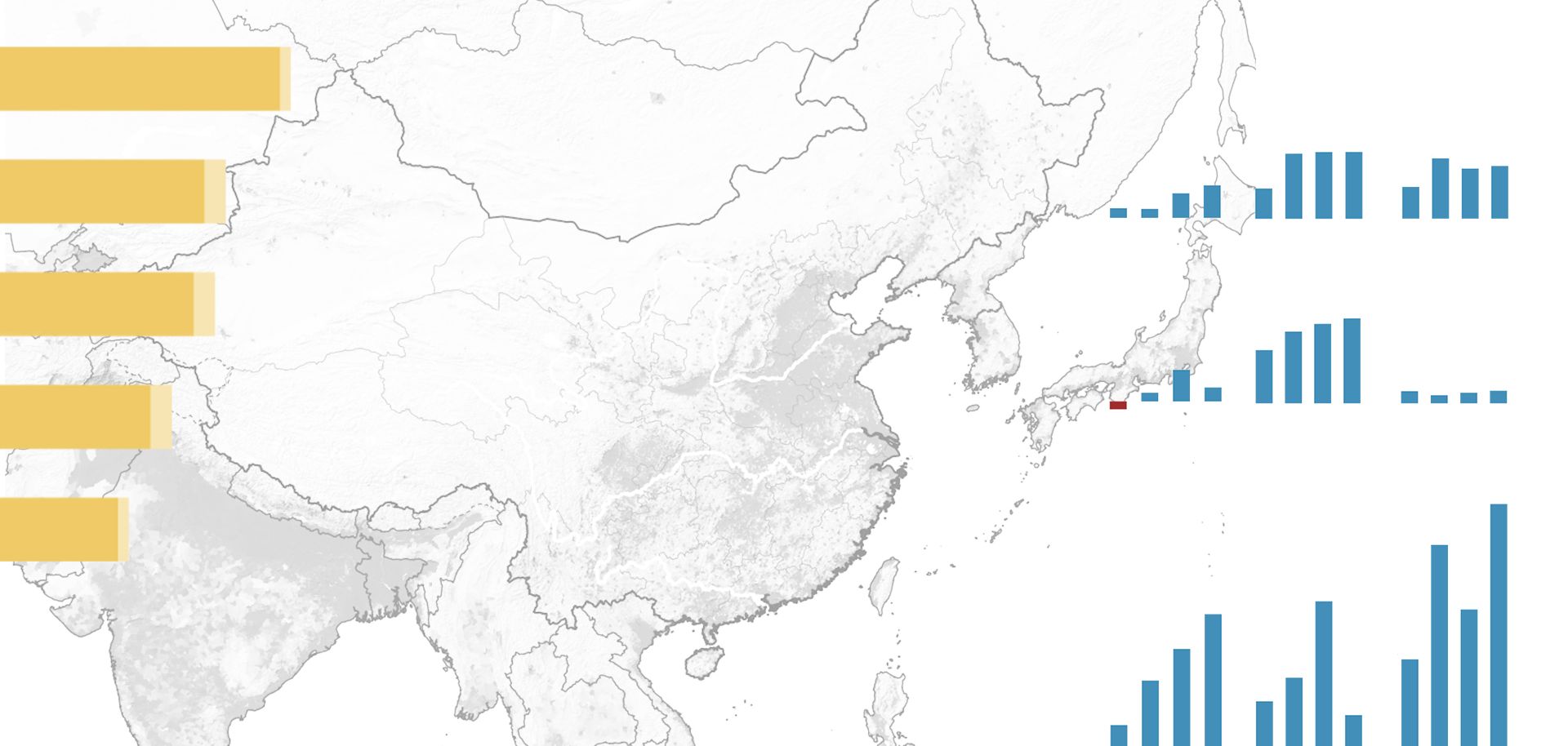
China produces more natural gas — about 94 billion cubic meters (bcm) per year — than all but six other countries. But because China is the world's largest energy consumer, natural gas accounts for only 4 percent of overall consumption. At present, China heavily favors coal over all other energy sources; it accounts for roughly 70 percent of the country's energy needs. To help fix this imbalance, Beijing is looking to increase its natural gas consumption by 6 percent within the decade. This will require that Beijing continue to import both natural gas and liquefied natural gas from abroad. It may also require increased shale gas exploration and development at home. Of all the countries that have completed basic test explorations, China has the largest estimated recoverable shale gas reserves in the world at about 25 trillion cubic meters. According to a U.S. Energy Information Agency-commissioned report, the country possesses seven shale basins, two of which — Sichuan Basin in Sichuan province and Tarim Basin in Xinjiang Uighur Autonomous Region — have the potential for large-scale production. Beijing has stated that it hopes to produce 6.5 bcm of shale gas per year by 2015 and 80 bcm per year by 2020. (By comparison, the United States currently produces some 136 bcm of shale gas annually.) The Sichuan and Tarim basins are essential to achieving that goal. While China is thought to have large amounts of shale gas, these estimates are inexact. So far, the Sichuan Basin is the only basin to be explored widely, and what is found there will help determine whether China's reserves are indeed as high as estimated — and whether the recovery of the shale gas proves prohibitively expensive.



